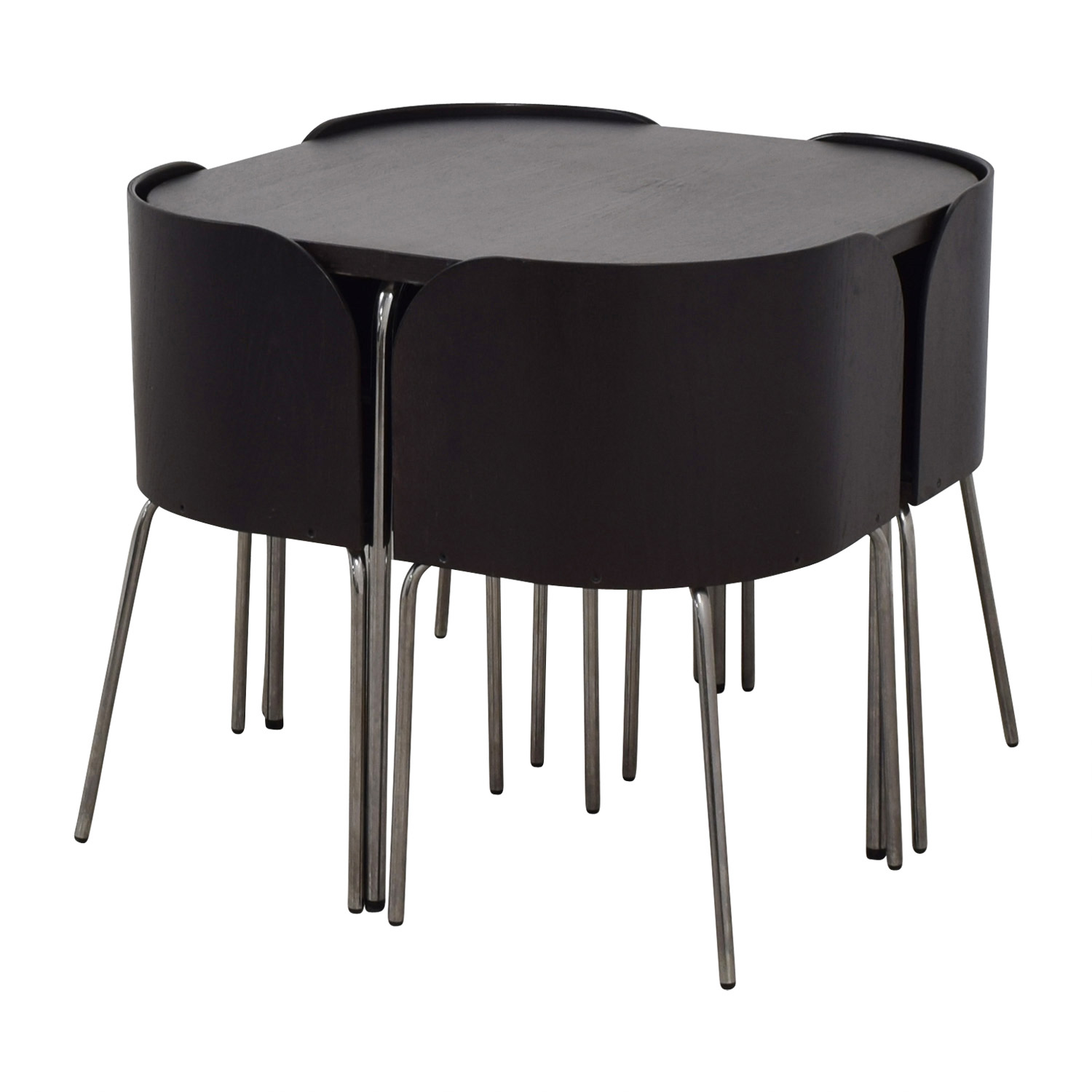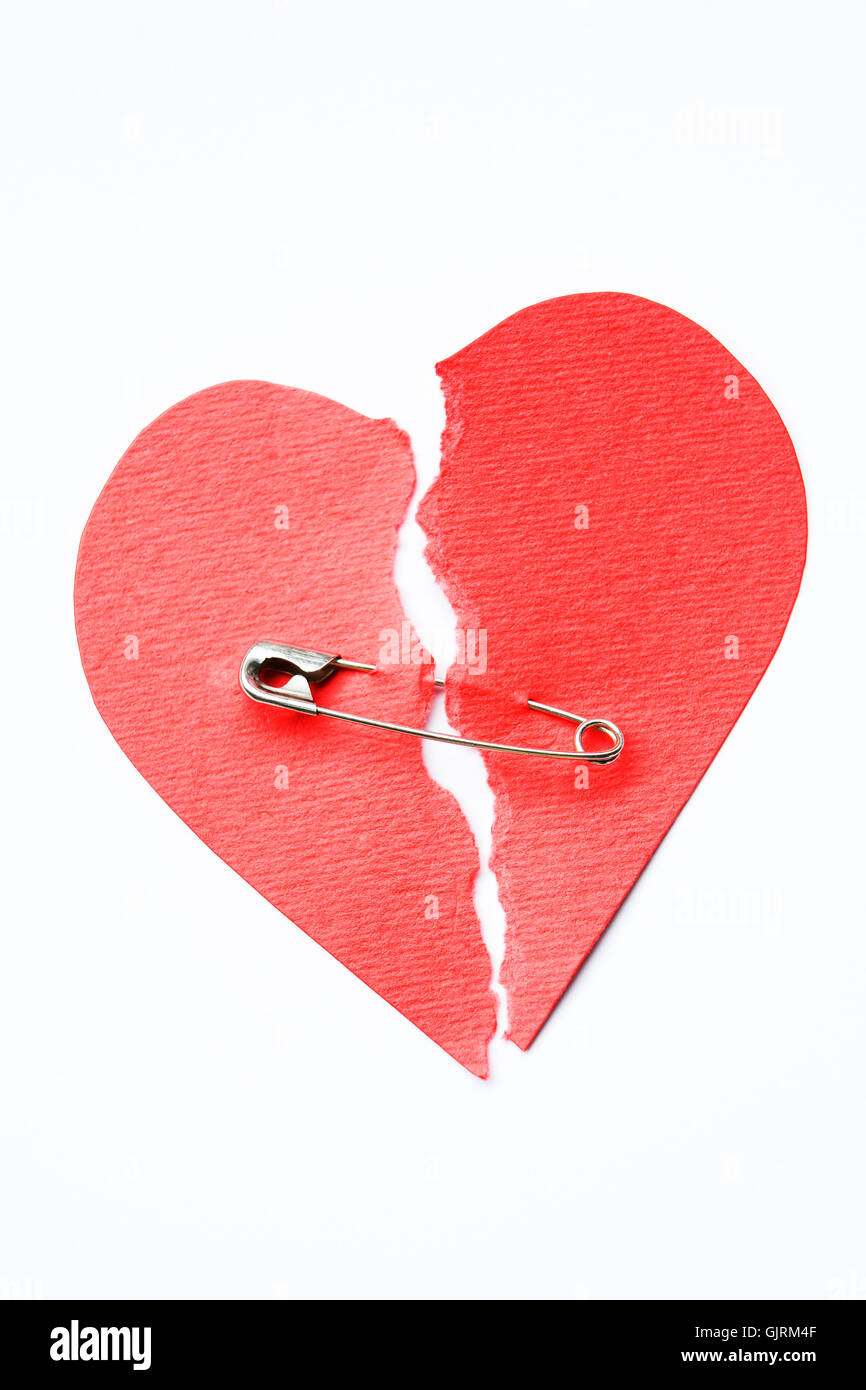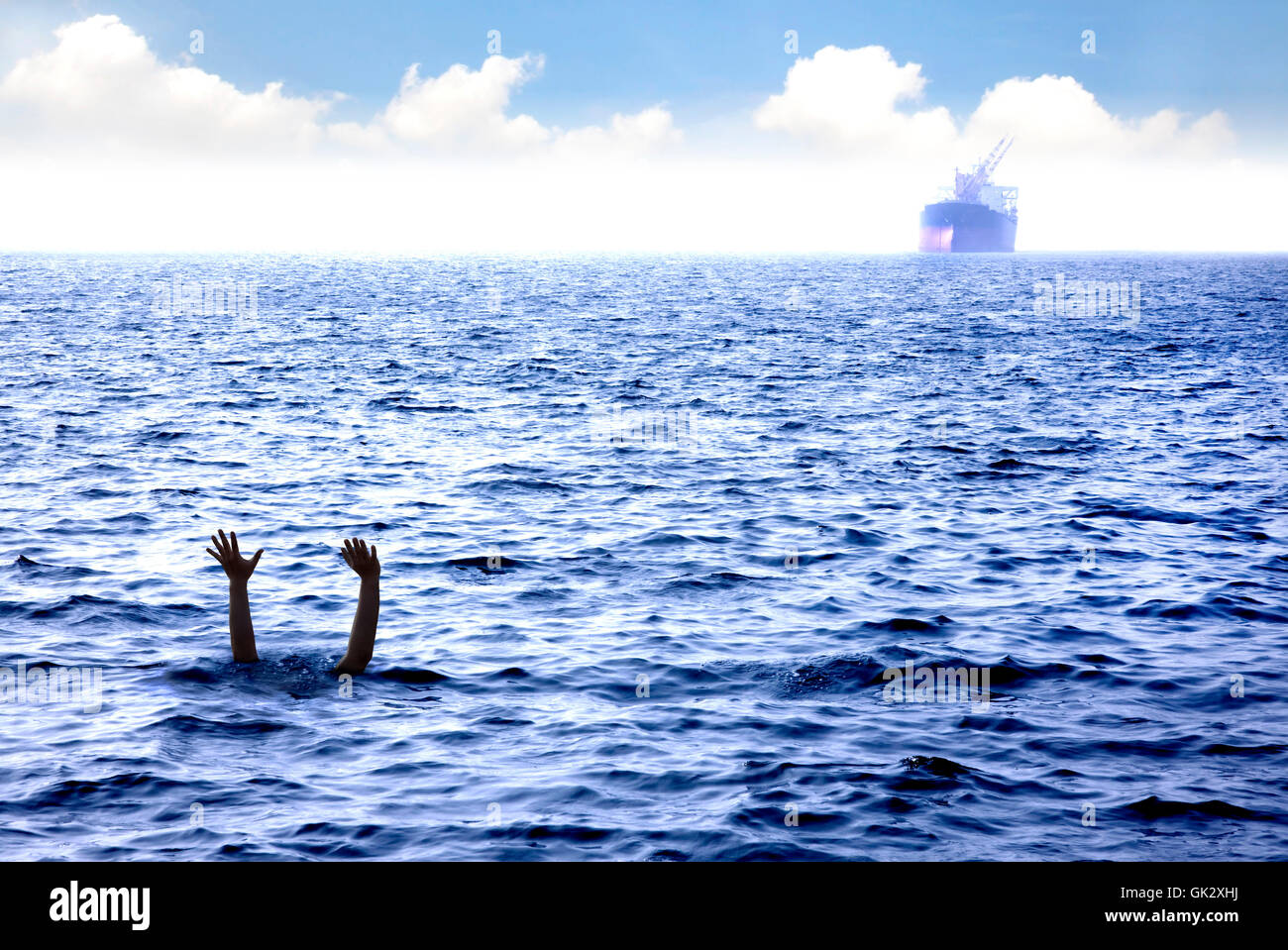Table Of Content

Their rich history, intricate beauty, and cultural significance make them a timeless art form that transcends time and borders. The influence of Mayan designs can also be seen in contemporary architecture. Architects and designers often draw inspiration from the Mayans’ sophisticated understanding of geometry, proportion, and harmony with nature. Buildings feature elements such as stepped terraces, intricate carvings, and patterns reminiscent of Mayan temples, paying homage to the architectural legacy of the ancient civilization. Embark on a journey through time as we explore the fascinating world of Mayan designs.
Medieval Architecture – A Look at the Best Medieval Buildings
By depicting these figures in their artwork, the Mayans were able to convey their religious beliefs and values to future generations. Contemporary designers and fashion houses have also embraced Mayan textiles, incorporating them into modern designs. The vibrant colors, intricate patterns, and cultural significance of Mayan textiles have captured the attention of the global fashion industry, showcasing the enduring appeal and beauty of this ancient art form. Mayan designs were deeply rooted in their cosmology, religion, and everyday life.
Pyramid Building Materials
It represented the abundance of the natural world and the interconnectedness of all living things. Green was commonly used in depictions of plants, trees, and animals, highlighting the importance of the natural environment in Mayan culture. They were also incorporated into various artistic mediums, such as pottery, murals, and sculptures. These artistic representations allowed the Mayans to convey their beliefs and stories in a visually captivating manner.
Topics in This Article
The most important Classic examples consist of intricately worked lintels, mostly from the main Tikal pyramid sanctuaries,[24] with one specimen from nearby El Zotz. A rare utility object is a tiny lidded box from Tortuguero with hieroglyphic text all around it. Free sculpture in wood, dating back to the 6th century, is represented by a dignified seated man possibly functioning as a mirror bearer. The northern Maya area (Campeche and Yucatan) shows characteristics of its own. The Mayans were able to create structures that survived into the modern era using very basic materials. Despite the lack of available resources, Mayan buildings have mostly survived intact, giving us a glimpse into the past.
Cite this Article
The coronation of a new king was marked by mass celebrations and complex ceremonies. They believed that the king and his bloodline were demi-gods with supernatural powers. They believed that an eclipse was when the two-headed serpent that lived in the sky would take a bite out of either the sun or the moon. During this time, certain rituals would be carried out to appease the serpent.
She is known as the Red Queen by archeologists as her body was found covered in red paint. Body painting was a common art form used by the Maya for rituals as well as to declare one’s rank. Although stelae were a common art form used by the Maya none are quite as impressive as those found in the city of Quiriguá in Guatemala.

The artist of the ornament sculpture on the right was probably a student or apprentice who assisted the artist on the left, who was more experienced with line carving and patterns. This is not to say that the artist of the ornament on the right was less skilled, rather, the focus of each artist was different. This decorative sculpture was created between the 5th and 7th centuries out of a shell and illustrates the severed head of the Maize God. The delicate ornaments once formed part of a set of ear spools (or ear flares) with a beaded assemblage and beaded counterweights.
They managed to find a surprising number of ancient artifacts, even after all of the looting. One of the most fascinating things they found was a collection of nine ceramic heads. In 2007, archeologists began exploring an ancient Mayan archeological site in Nakum, Guatemala. The site had not previously been a priority due to the presence of drug cartels in the area, which made it unsafe for archeological teams to enter. The use of jade and malachite is particularly important as these as links to the supernatural in the Mayan belief system.
The Riviera Maya EDITION at Kanai Complements Natural Splendors with Otherworldly Design - COOL HUNTING® - Cool Hunting
The Riviera Maya EDITION at Kanai Complements Natural Splendors with Otherworldly Design - COOL HUNTING®.
Posted: Thu, 14 Mar 2024 07:00:00 GMT [source]
The turtle is an important symbol in the Mayan belief as it relates to some of their various maize gods as well as their creation. This zoomorph was likely created to portray a link between the royal bloodline and the creation of the world. Zoomorphs have lasted the test of time and many were found in good condition. Historians believe that the Maya in Guiriqua began creating zoomorphs prolifically after they gained independence from the larger town of Copán.
From traditional dances and music to vibrant textiles and intricate crafts, these events showcase the living traditions and artistic expressions of Mayan culture. Visiting archaeological sites and ruins is a window into the ancient world of Mayan designs. From the iconic ruins of Palenque and Tikal to lesser-known sites like Yaxchilan and Tulum, these sites offer a glimpse into the architectural marvels, intricate carvings, and symbolic designs of the Mayans. Mayan-inspired fashion has made its mark on prestigious runways around the world. From haute couture gowns to avant-garde ensembles, Mayan designs add a unique and culturally rich element to fashion shows.
Other scenes included mythical figures, animals, humans, and influences of other Mesoamerican cultures on the Mayan civilization. It is important to note that the majority of independent artists from Mayan society were commissioned primarily by members of society that were considered to be elite. Although artists came from varying levels of society, the works of the “talented” would go noticed by the elite who would commission artworks as a representation of their wealth and “maintenance” of social status. Textiles were also separate art forms and have sadly not survived the test of time.
The Mayan locations were selected with the availability of essential stones in mind. This meant that most quarries were located just outside of the settlement, enabling convenient access to materials for construction. Traditionally, they would extend around an entire building and incorporate a range of artworks related to the people or functions of the various Maya buildings.
She holds a Bachelor of Art in Fine Arts from the University of the Witwatersrand, Johannesburg, where she explored themes like healing, identity, dreams, and intuitive creation in her Contemporary art practice. Jordan has collaborated with various local art institutions, including the KZNSA Gallery in Durban, the Turbine Art Fair, and the Wits Art Museum. Her photography focuses on abstract color manipulations, portraiture, candid shots, and urban landscapes. She’s intrigued by philosophy, memory, and esotericism, drawing inspiration from Surrealism, Fluxus, and ancient civilizations, as well as childhood influences and found objects. Jordan is working for artfilemagazine since 2022 and writes blog posts about art history and photography. This Mayan drinking vessel was created similarly to that of the codex style and portrays a scene depicting the Rain God Chahk wielding an ax in his left hand with his right hand resting on a split stone temple.
Uaxactn, a lesser Maya metropolis, is situated roughly 120 kilometers to the north. The temples also have various levels of underground burial halls representing the number of tiers in the underworld. We can actually read about all of the historical sacrifices and beheadings that took place in city centers because the Mayans had literary capabilities and left behind knowledge of their lifestyle. For example, the North Acropolis located at Tikal appears to have been modified countless times during a period that last around 1,500 years. The Mayans would start with a square and mark the square corner to corner with a vine or string. Because the Maya connected a religious significance to which ratios they utilized and when, their measuring system is known as sacred geometry, and the Egyptians were also known to practice it.
Jade was also seen as an incarnation of the element, water, in addition to breath and mist in its solid form. The burial tombs of many kings and political leaders contained clay statues and Mayan temples often featured decorative murals. The political instability incited an internecine war resulting in many people abandoning their cities and the migration of the population moving North. The Late Classic period was marked by the establishment of Chichen Itza, which was a massive Mayan-built society that lasted between 600 and 1200 CE.
Their mortar was very effective on a large building lifetime, but humid climates can have a negative effect on the mortar. The Ruta Maya Foundation regularly organizes exhibitions from its own collection of retrieved art objects. In Belize, Maya artefacts can be found in the Museum of Belize and the Bliss Institute; in Honduras, in the Copan Sculpture Museum and in the Galería Nacional de Arte, Tegucigalpa. Wall painting also occurs on vault capstones, in tombs (e.g., Río Azul), and in caves (e.g., Naj Tunich),[34] usually executed in black on a whitened surface, at times with the additional use of red paint. Yucatec vault capstones often show a depiction of the enthroned lightning deity (e.g., Ek' Balam).














